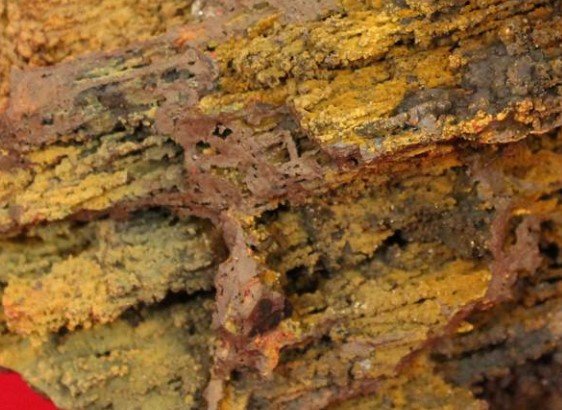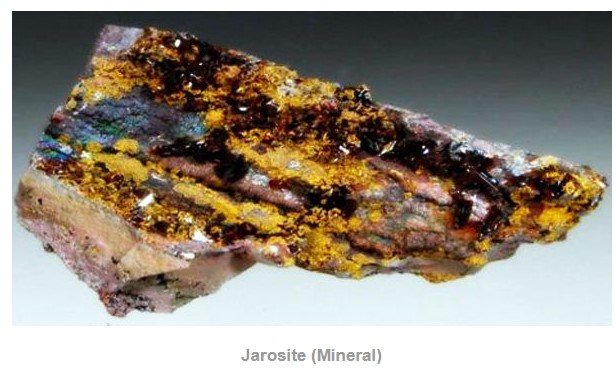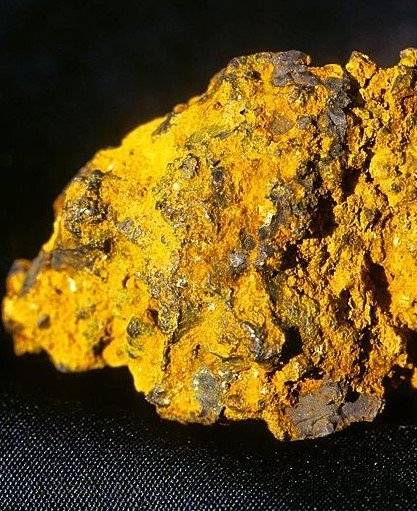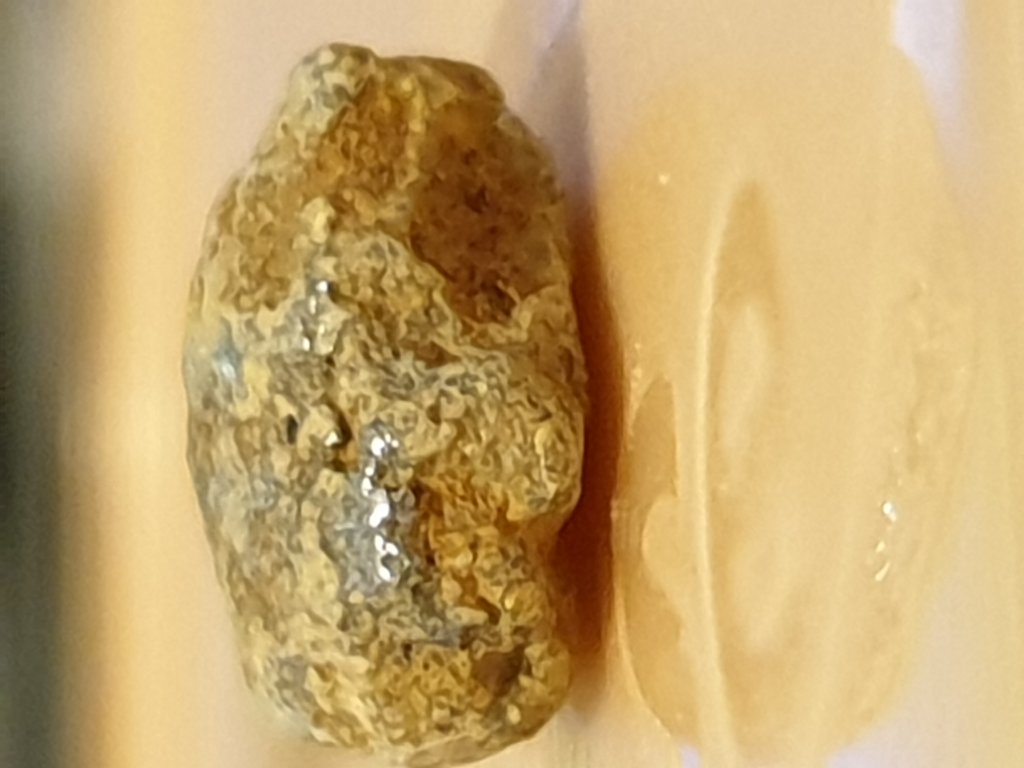Hi Goldierocks, sorry for the late reply.
Sorry mate, I don't know what the properties are, are there tests that I can perform to find out?
I was out today having a look in the same area and found another piece with what seems like the same thing protruding from it, this time the piece is not magnetic like the last one.
Not sure what to make of it, will be going back out on Sunday to have another look.
https://www.prospectingaustralia.com/forum/img/member-images/22295/1644569414_20220211_194302.jpg













